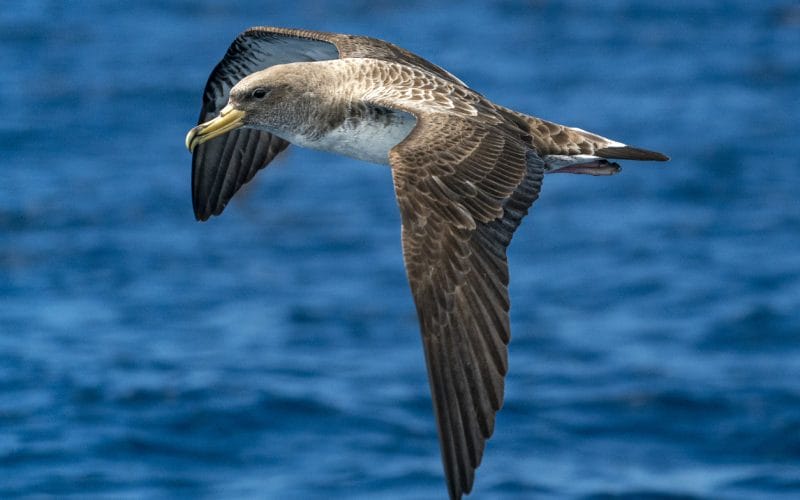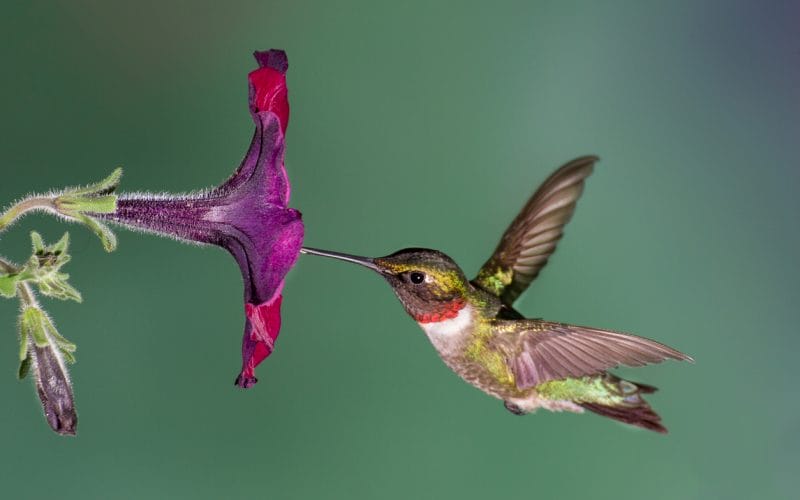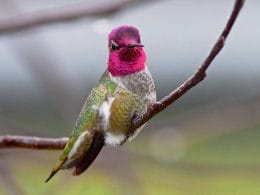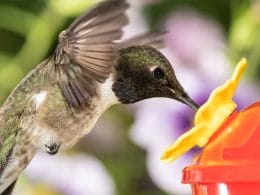In addition to filling your backyard with unique colors and entertaining sounds, birds also play a great role in pest control, killing the harmful creatures in your backyard and providing your plants with nutrients. The backyard birds of Maryland guarantee that the number of rodents in your area will be under control and also pollinate flowers and plants.
Setting up feeders and providing suitable nesting sites will make your backyard a safe and attractive spot for several bird species. And in this article, we’ll talk about the most famous backyard birds that you can find in Maryland, so keep on reading.
16 Backyard Birds of Maryland
Maryland or the Old Line State played a crucial role in American history, and it’s famous for its baseball matches and blue crab-inspired dishes. But it’s also a great place to live if you’re a bird lover because, with a few arrangements, your backyard will be a huge attraction to these amazing creatures.
About 456 bird species live in Maryland, and in this section, we’ll share information about 16 wonderful guests that might come visit your backyard.
1. Baltimore Oriole

- Scientific name: Icterus galbula
- Length: Between 6.7 and 8.7 inches
- Weight: Between 0.79 and 1.48 ounces
- Wingspan: Between 9.1 and 12.6 inches
Additional Information
The Baltimore Oriole is the State Bird of Maryland and is quite popular, especially in the spring and summer months. It’s an orange-black bird with white bars on the wings, but female birds look paler.
Author Note: You can attract a Baltimore Oriole to your backyard by hanging freshly cut oranges from your birdfeeder or filling it with jelly. This bird also appreciates the presence of fruit-bearing trees and nectar-bearing flowers.
Just look high at treetops, where this bird prefers to perch while foraging for insects. It’s usually attracted to the darkest fruits and will ignore green and yellow grapes and cherries, even if they’re ripe.
2. Northern Cardinal

- Scientific name: Cardinalis cardinalis
- Length: Between 8.3 and 9.3 inches
- Weight: About 1.58 ounces
- Wingspan: Between 9.8 and 12.2 inches
Additional Information
The Northern Cardinal is the most common songbird in Maryland, always reported by birders and homeowners as it’s likely to visit residential areas. The male birds are bright red, while the females are paler with brown plumage and some reddish tinge.
This attractive bird will visit your backyard regularly if you fill a backyard feeder with sunflower seeds. It will also appreciate the presence of fruit-bearing plants as it feeds on fruits and butterflies.
Some homeowners are fascinated by the bird’s behavior of knocking on windows. It actually feels threatened when it sees its own reflection and knocks on the glass to attack the bird it sees.
3. White-Throated Sparrow
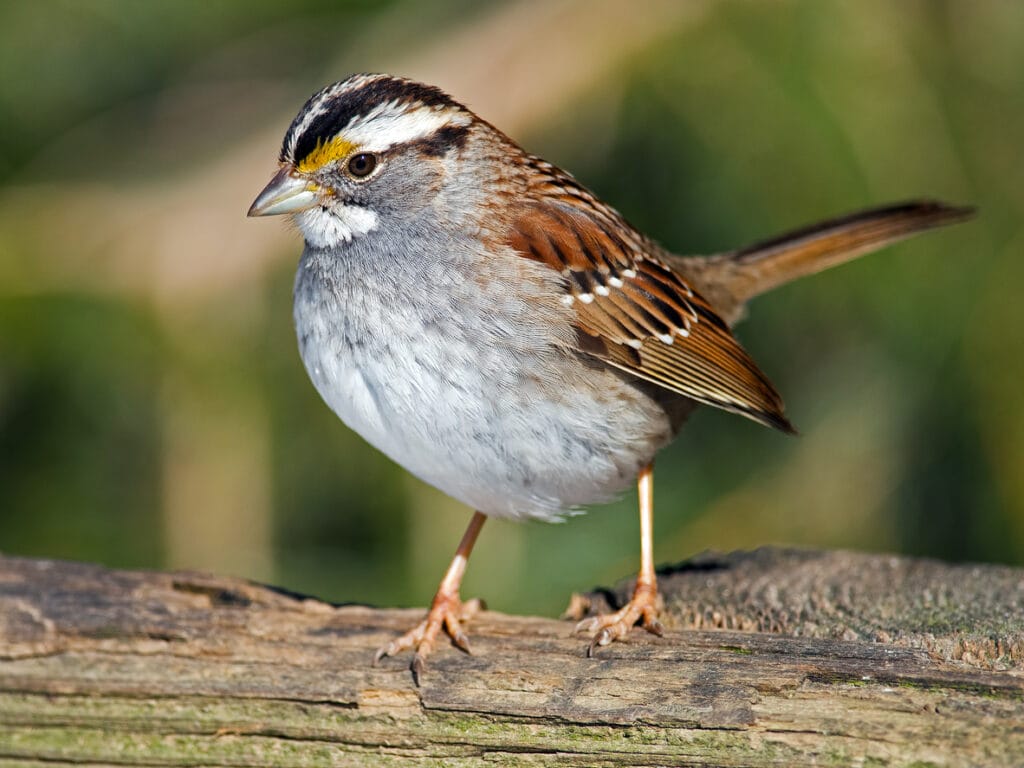
- Scientific name: Zonotrichia albicollis
- Length: Between 5.9 and 7.5 inches
- Weight: Between 0.78 and 1.13 ounces
- Wingspan: About 9.1 inches
Additional Information
In late October, the White-Throated Sparrow migrates from the north and stays in Maryland till late April, so there’s a big chance that you’ll meet this cute little bird in your backyard if you fill a feeder with millet and sunflower seeds. Several individuals will favor your backyard if you have a brush pile.
The White-Throated Sparrow has brown and gray plumage and a striped head, but it’s famous for the white throat patch that makes it easy to distinguish from other sparrows. But if you have a cat, make sure that it stays away from this little bird.
4. Downy Woodpecker
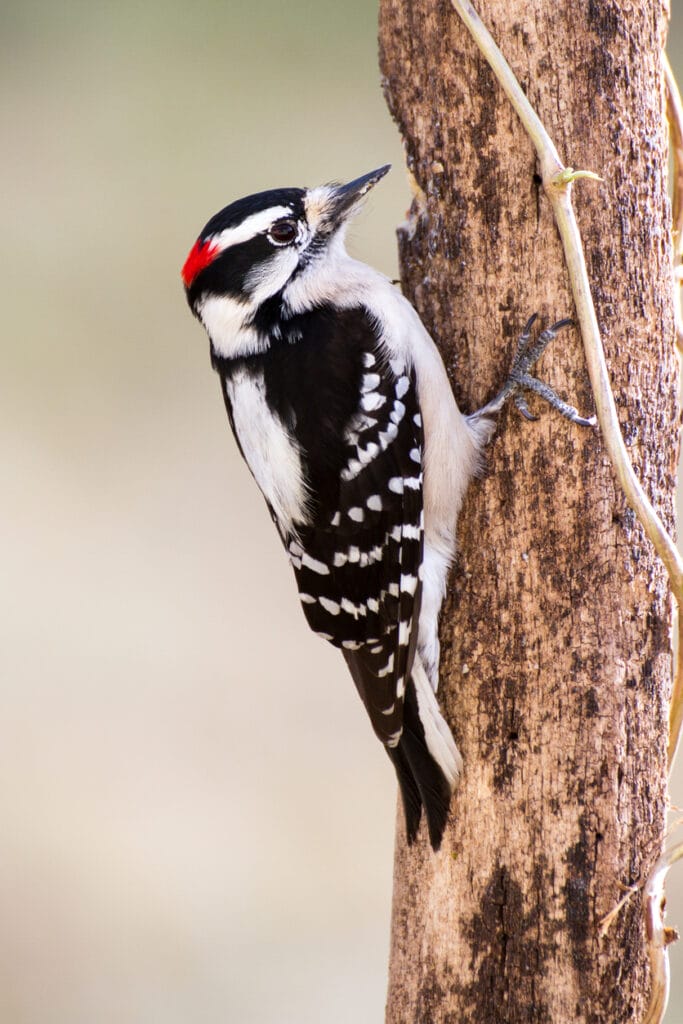
- Scientific name: Dryobates pubescens
- Length: Between 5.5 and 7.1 inches
- Weight: Between 0.71 and 1.16 ounces
- Wingspan: Between 9.8 and 12.2 inches
Additional Information
Common all year long in Maryland, the Downy Woodpecker is a regular guest in backyards as it doesn’t mind being in residential areas. However, some people are annoyed by its loud banging and knocking.
This bird has a black body, a white belly, throat, and back, and the males have a bright red patch on the head.
Top Tip: It’s not a picky eater as it accepts millet, black oil sunflower seeds, peanut butter, peanuts, but it prefers suet. It’s a social bird, and individuals will warn each other if there’s a predator nearby.
5. Tufted Titmouse

- Scientific name: Baeolophus bicolor
- Length: Between 5.5 and 6.3 inches
- Weight: Between 0.6 and 0.9 ounces
- Wingspan: Between 7.9 and 10.2 inches
Additional Information
Common in the forests of Maryland, the Tufted Titmouse is likely to visit your backyard all year long, as long as you have a continuous supply of sunflower seeds, suet, and peanuts.
It’s a little silver-gray bird that appreciates the presence of fruit and nut-bearing trees, and it usually hoards food during fall and winter.
The Tufted Titmouse will help keep your plants healthy because it feeds on pests and bugs. You can set up a nesting box to attract a breeding pair, and it usually socializes with chickadees and woodpeckers.
6. House Finch
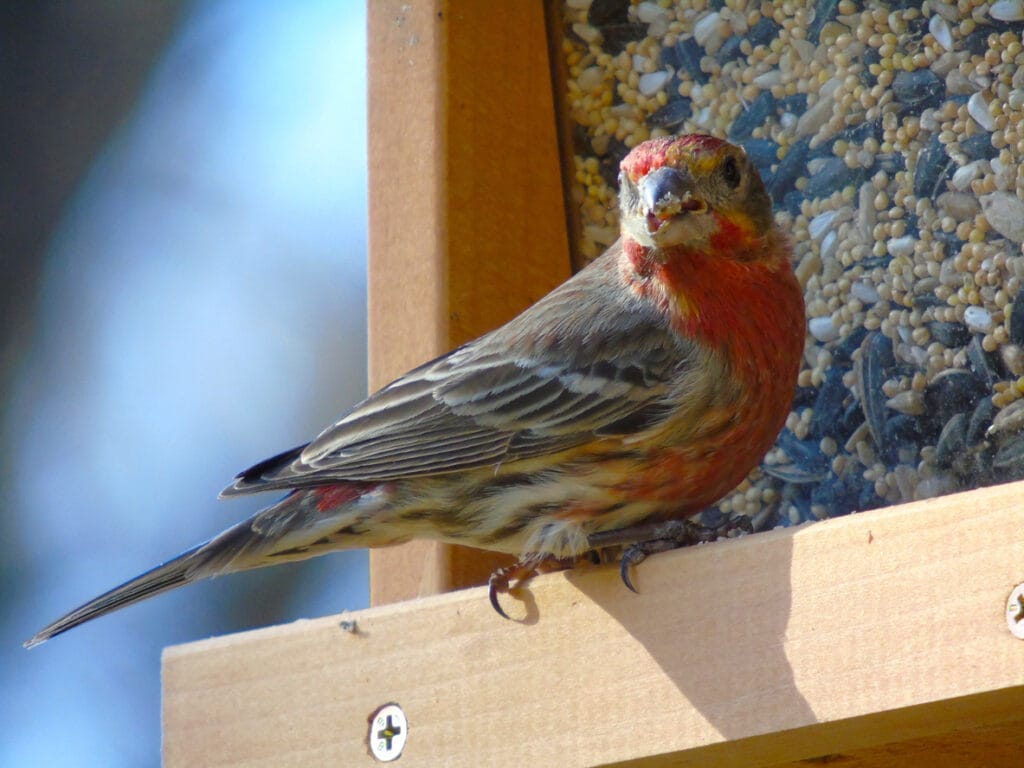
- Scientific name: Haemorhous mexicanus
- Length: Between 5 and 6 inches
- Weight: About 0.75 ounces
- Wingspan: Between 8 and 10 inches
Additional Information
It’s hard to miss the noisy House Finch, especially since this little bird likes to visit backyard feeders in large groups. It’s a social bird that doesn’t feel intimidated by humans and lives all year long in Maryland’s forests and parks, although it’s not a native bird.
The male House Finch has rosy red plumage, but the female is paler. Throughout the bird’s life, the brightness of the plumage changes according to its diet. It feeds on black oil sunflower seeds, so you should fill your feeder regularly to provide this little bird with food. It also feeds on the local fruits, seeds, and buds.
7. American Robin
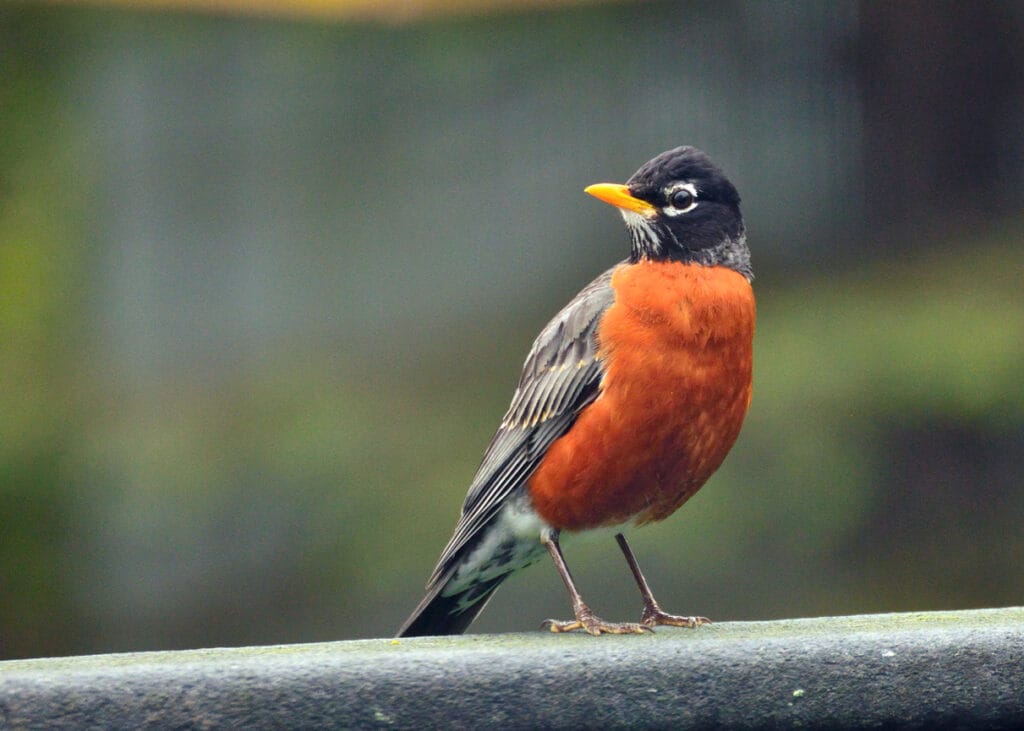
- Scientific name: Turdus migratorius
- Length: Between 9.1 and 11 inches
- Weight: About 2.7 ounces
- Wingspan: Between 12 and 16 inches
Additional Information
The American Robin is quite common in Maryland, and it’s usually seen while feeding on bugs and snails and pulling the earthworms out of lawns. It’s more common in the warmer months and will appreciate the presence of fruit-bearing trees in your backyard, as it will feed on fruits with bugs in them.
Author Note: This bird has gray-brown plumage and reddish-brown underparts. If you want to attract this bird to your backyard, you can provide freshly cut fruits and mealworms. You can also set up a nesting box to attract a breeding pair.
8. American Goldfinch

- Scientific name: Spinus tristis
- Length: Between 4.3 and 5.5 inches
- Weight: Between 0.39 and 0.71 ounces
- Wingspan: Between 7.5 and 8.7 inches
Additional Information
This bright yellow bird is a common guest at backyards and lawns, and it’s easily noticed, thanks to its acrobatic flying style. The American Goldfinch is all yellow with some black markings, but the female looks a little paler than the male.
It’s not a picky eater, appreciating the presence of any bird feeder in your backyard. All you have to do is fill your feeder with nyjer and sunflower seeds and plant native thistles to make your backyard the American Goldfinch’s new favorite spot.
9. Dark-Eyed Junco
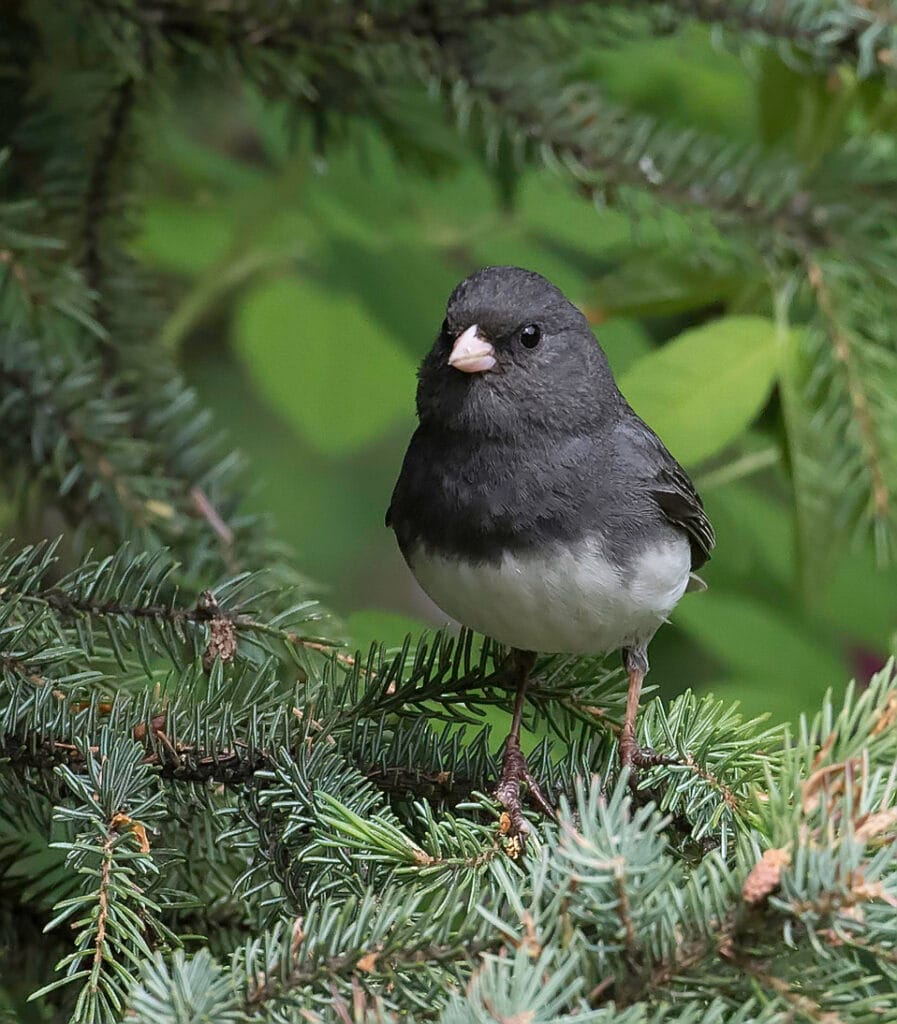
- Scientific name: Junco hyemalis
- Length: Between 5.1 and 6.9 inches
- Weight: Between 0.63 and 1.06 ounces
- Wingspan: Between 7.1 and 9.8 inches
Additional Information
As one of the most common birds in the US, the Dark-Eyed Junco is considered a winter guest in Maryland. It originally inhabits the Appalachian Mountains, and its range extends all the way to Garrett County in Maryland, where it can be found most of the year.
It’s a dark gray little bird with a white tail that spends most of its time exploring lawns and looking for discarded seeds; however, it also feeds on ants, flies, wasps, and caterpillars during the breeding season.
Top Tip: Filling your feeder with sunflower seeds and millets will definitely attract this bird. It also doesn’t mind building a nest underneath buildings.
10. Blue Jay

- Scientific name: Cyanocitta cristata
- Length: Between 9 and 12 inches
- Weight: Between 2.5 and 3.5 ounces
- Wingspan: Between 13 and 17 inches
Additional Information
The Blue Jay is a large songbird that’s found throughout the year in Maryland. It’s highly territorial and can get quite aggressive while defending its territory, especially if there’s a nearby hawk or another bird of prey.
The Blue Jay is bright blue with some black plumage and will be attracted to your backyard if you have an oak tree where acorns are abundant. You can also fill the bird feeder with sunflower seeds, suet, and peanuts to attract it.
11. Red-Bellied Woodpecker

- Scientific name: Melanerpes carolinus
- Length: Between 9 and 10.5 inches
- Weight: Between 2 and 3.2 ounces
- Wingspan: Between 15 and 18 inches
Additional Information
The Red-Bellied Woodpecker is common in Maryland and easily spotted in residential areas and city parks, thanks to its loud call. It has a white body with some black markings on the back and a bright red cap.
It’s a skilled forager, and it will appreciate the presence of dead trees in your backyard where it can forage for bugs. You can also fill a feeder with suet and peanuts in winter, and it will also drink nectar from hummingbird feeders.
12. White-Breasted Nuthatch
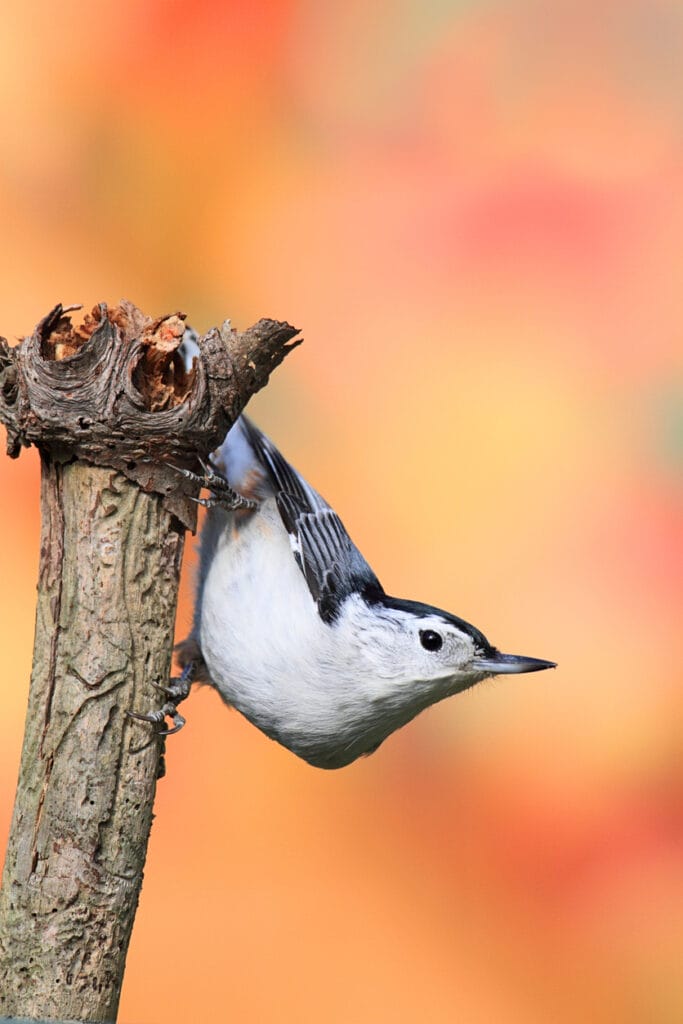
- Scientific name: Sitta carolinensis
- Length: About 6.1 inches
- Weight: Between 0.63 and 1.06 ounces
- Wingspan: Between 7.9 and 10.6 inches
Additional Information
The White-Breasted Nuthatch is a common bird in Maryland and has a gray-blue body with a frosty white face. It prefers to hide nuts into crevices of large trees, which explains its name. This is why a nut-bearing tree in your backyard will be a great attraction to this little bird.
Fill your feeder with peanuts and sunflower seeds or suet, and your backyard will be the bird’s new home. It’s a social bird that usually cooperates with chickadees to look for food.
13. Mourning Dove

- Scientific name: Zenaida macroura
- Length: About 12 inches
- Weight: Between 4 and 6 ounces
- Wingspan: Between 14.5 and 17.7 inches
Additional Information
If you see a bird spending most of its time looking for seeds on the ground, it’s probably a Mourning Dove. This bird is quite abundant in Maryland because it’s highly adaptive.
Author Note: The Mourning Dove has a brown-buff plumage with an overall tan and black spots and can be easily noticed thanks to its soft call. You can see this bird perching on telephone wires around residential areas, and you can attract it to your backyard by spilling some millet on the ground.
14. Common Grackle
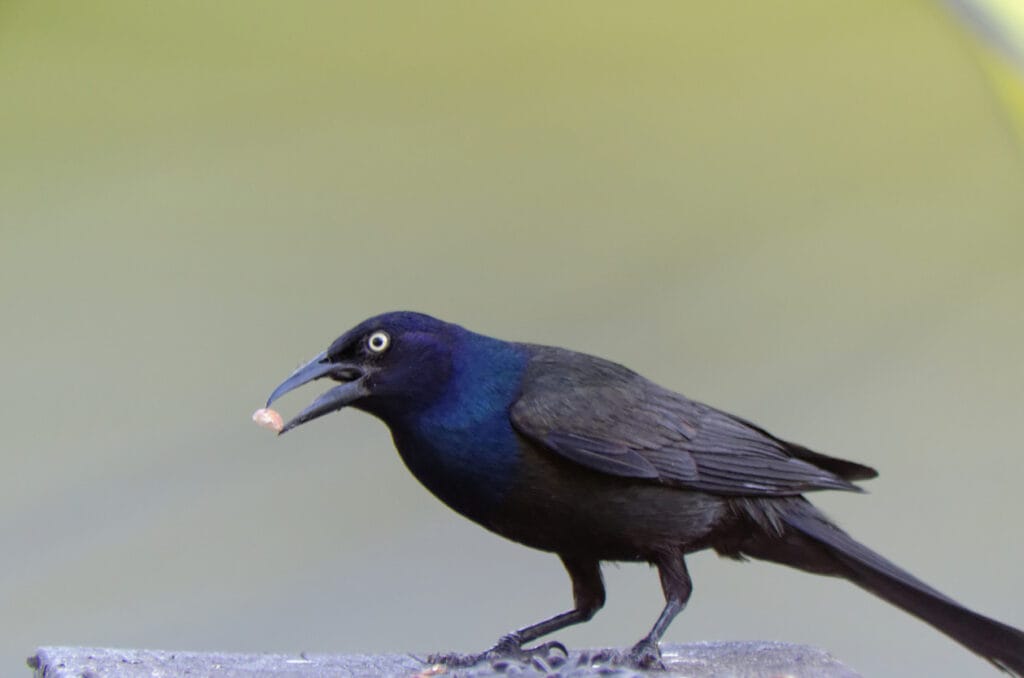
- Scientific name: Quiscalus quiscula
- Length: Between 11 and 13 inches
- Weight: Between 2.6 and 5 ounces
- Wingspan: Between 14 and 18 inches
Additional Information
The resourceful Common Grackle looks black from a distance, but its bronzy-iridescent body and purple black head can make it easy to notice among the birds that visit your backyard regularly.
All you have to do is fill your backyard feeder with a mix of grains and seeds and spread some of them on the ground, so other smaller birds can still feed.
However, the Common Grackle can become a nuisance in residential areas, where large flocks gather in residential areas and can get quite aggressive while feeding. Common Grackles usually roost with other types of blackbirds.
15. Eastern Bluebird
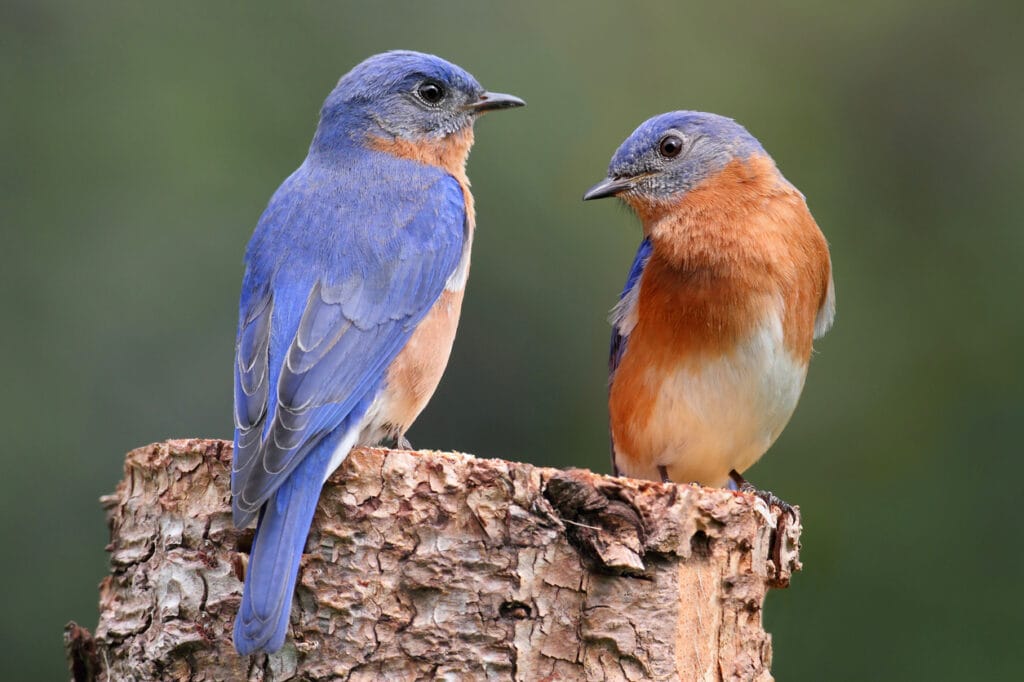
- Scientific name: Sialia sialis
- Length: Between 6.3 and 8.3 inches
- Weight: Between 0.95 and 1.2 ounces
- Wingspan: Between 9.8 and 12.6 inches
Additional Information
If you live near farm fields or open wooded areas, the Eastern Bluebird will visit your backyard regularly. It’s deep blue with a brick-red chest, and the female bird is grayish. This bluebird is usually seen perching on telephone wires in residential areas, scanning the ground for caterpillars, spiders, and beetles.
You can fill your backyard feeder with mealworms to attract this bird. It also accepts nest boxes, especially if your backyard isn’t obstructed by tall trees or buildings.
16. Ruby-Throated Hummingbird

- Scientific name: Archilochus colubris
- Length: Between 2.8 and 5.3 inches
- Weight: Between 0.071 and 0.212 ounces
- Wingspan: Between 3.1 and 4.3 inches
Additional Information
The Ruby-Throated Hummingbird returns to Maryland every year and can be seen in backyards. It’s bright emerald with a golden green tinge and white-gray belly and underparts and a bright red throat.
Author Note: It’s a small bird that flies fast and stops suddenly in the middle of the air, and hovers to change its direction.
It will be attracted to your backyard if you plant tubular trees, and you can fill your hummingbird feeder with homemade nectar to make your backyard more attractive.
Wrap Up
You don’t have to go on a birdwatching trip if you’re fond of these amazing creatures, as some of them can also be found in your backyard.
In addition, most of these birds don’t mind the presence of other species, so you can spend hours watching them while interacting with each other.
FAQ
In Maryland, the American Robin is considered one of the most common birds. Other common species include the Northern Cardinal, the Tufted Titmouse, and the Blue Jay.
Maryland is home to a variety of bird species, including both year-round residents and migratory birds. Some common bird species in Maryland include the American Crow, the Rock Pigeon, the Black-capped Chickadee, and the Wood Duck.
The official bird of Maryland is the Baltimore Oriole.
It is estimated that there are over 400 bird species in Maryland, with many of these being migratory species that pass through the state during different times of the year.





